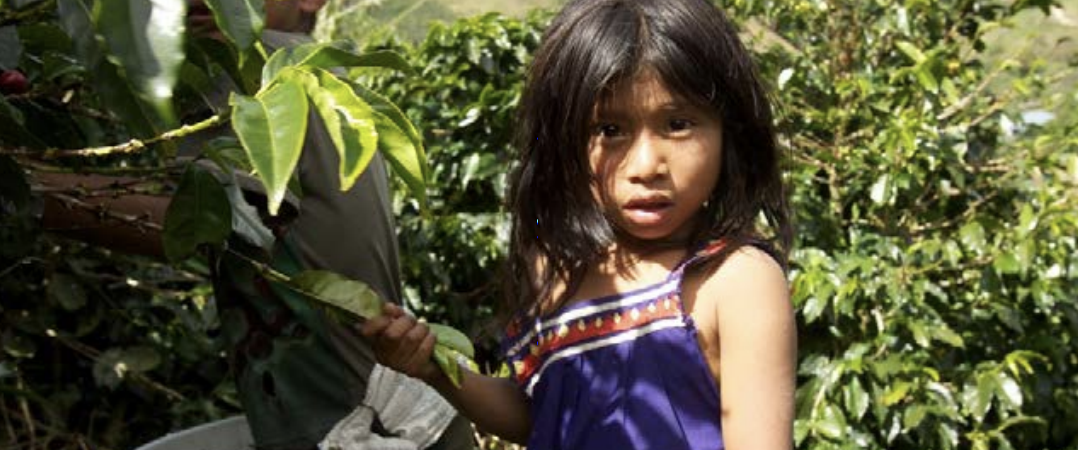Purpose of This Report
The U.S. Department of Labor (USDOL or the Department) has produced this ninth edition of the List of Goods Produced by Child Labor or Forced Labor in accordance with the Trafficking Victims Protection Reauthorization Act (TVPRA), as amended. The TVPRA requires USDOL’s Bureau of International Labor Affairs (ILAB or the Bureau) to “develop and make available to the public a list of goods from countries that [ILAB] has reason to believe are produced by forced labor or child labor in violation of international standards” (TVPRA List or the List; 22 U.S.C. § 7112(b)(2)(C)). It also requires submission of the TVPRA List to the United States Congress not later than December 1, 2014, and every 2 years thereafter (22 U.S.C. § 7112(b)(3)).
The Frederick Douglass Trafficking Victims Prevention and Protection Reauthorization Act of 2018 expanded ILAB’s mandate to require the TVPRA List to include, “to the extent practicable, goods that are produced with inputs that are produced with forced labor or child labor” (22 U.S.C. 7112(b)(2)(C)).
The TVPRA directs ILAB “to work with persons who are involved in the production of goods on the list … to create a standard set of practices that will reduce the likelihood that such persons will produce goods using [child labor or forced labor],” and “to consult with other departments and agencies of the United States Government to reduce forced and child labor internationally and ensure that products made by forced labor and child labor in violation of international standards are not imported into the United States” (22 U.S.C. § 7112(b)(2)(D)–(E)).
Asking the Right Questions to Trace Labor Abuses in Global Supply Chains
What do product quality control measures have in common with efforts to eliminate child labor? In a word: traceability. In the case of product safetyrelated issues, traceability is crucial as quality control experts and operations managers race to link the faulty product to the source. Just as in identifying the origin of defective products to limit harm, the world also has sought to trace the origins of various goods and products as a way to combat child labor and forced labor in those supply chains by asking the right questions: “Who made this and under what conditions?”
Global supply chains have created tremendous prosperity for our society as a whole, lifting millions out of poverty and providing livelihoods for many more; however, problems remain. Violations such as child labor, forced labor, and human trafficking have persisted as supply networks have continued to grow ever more complex. The latest global estimates highlight that 152 million children remain in child labor and 25 million adults and children toil under conditions of forced labor, including in global supply chains that crisscross our globe. (1) Many businesses at all stages of the supply chain, including major global brands, acknowledge these abuses. Businesses can play a critical role in improving working conditions for workers around the world – and many companies have recognized the economic benefit of doing so. These global conditions and the motivations of companies and governments to rectify these injustices have led to an increasing array of research on global supply chains with ILAB playing a pivotal role. ILAB is a leading voice and advocate through its support of research, tools, and technical assistance to aid those who seek to clean up global supply chains, and partnership with the private sector remains essential to matching these aspirations to reality.
To read the full report click here.

